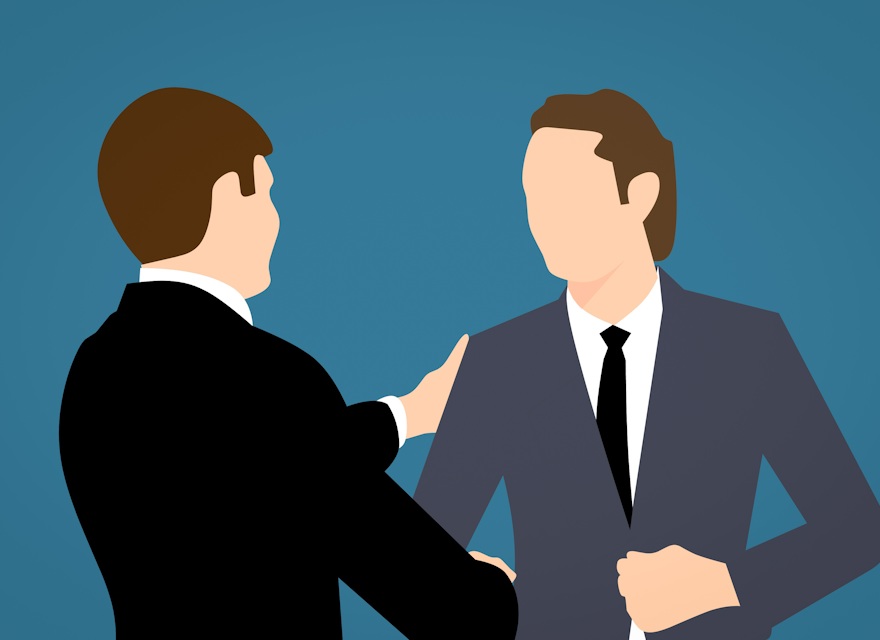Linkedin CEO, Jeff Weiner, revealed the deal to his company, and to the world, with a post entitled: “LinkedIn + Microsoft: Changing the Way the World Works.” He was not exaggerating with the title. Weiner highlighted the deep alignment in the vision statements of the two companies:
Microsoft: Empower every person and every organization on the planet to achieve more
LinkedIn: Connect the world’s professionals to make them more productive and successful

There are several opportunities for immediately enhancing the offerings of both companies:
1. Enriching the Office Graph and bolstering an intelligent digital workplace
Microsoft’s Office Graph is one of the most critical underlying technologies of Office 365. Essentially, it’s a powerful database of insights about Office users: recording relationships, informational preferences and context (like what projects you’re working on, where you sit in the org chart and even what’s coming up in your calendar.) The Graph makes use of these behavioural and contextual signals to dynamically sort, filter and prioritize information within Office in a way that is highly personal to the individual.
One of the things we hear from our customers is that the deluge of information thrown at them through email, social, the intranet, the web and other systems – at work and in their personal lives - is just impossible to keep up with. Information or cognitive overload can lead to indecisiveness, bad decisions and stress. The situation can escalate to chronically unhealthy levels.
Today’s enterprise social networks, intranets and email tools are still largely rudimentary... like a stereo system with only one setting: BLASTINGLY LOUD or OFF. The Office Graph is a step towards creating a digital workplace that can be dynamically tuned to an individual’s changing needs, interests and consumption habits.

Among other things, LinkedIn brings external relationships, employment history, professional strengths and learning to the Office Graph. No other company possesses the breadth of professional data that Microsoft now has… Like Facebook’s “Algorithmic Feed”, this data will be used to shape “The Intelligent Newsfeed”, recommendations and insights from Microsoft’s Digital Assistant – Cortana, intelligent filters for Outlook, specialized search results and content recommendations through Delve and more.







